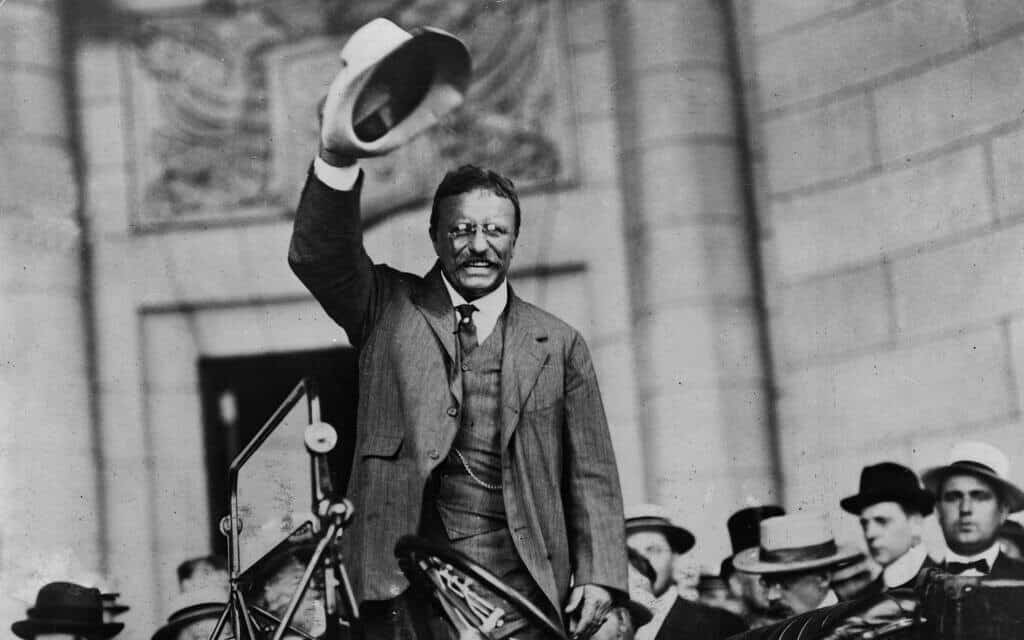The lives of many American presidents contain lesser-known but fascinating facts that we seldom learn in school. Take Teddy Roosevelt. Before he became president, he felt burned out for a while and moved out west to become a rancher. There, an armed and dangerous bar bully picked on the bespectacled Teddy Roosevelt, called him “Four Eyes”, and tried to push him around. It did not end well for the lout. Following are thirty things about that and other lesser-known facts about American presidents.

30. The President Who Went From Sickly Child to Tough Hombre
America’s 26th president, Theodore “Teddy” Roosevelt (1858 – 1919), was a sickly child whose frequent bouts of ill health made his parents fear that he would never make it to adulthood. The son of a Manhattan socialite and a businessman philanthropist father, young Teddy often suffered severe nighttime asthma attacks that the best doctors could do little about. As he described the bouts in later years, they felt as if somebody had sat on his chest and tried to smother him with pillows.
A born fighter, Teddy did not despair, and discovered a means to help him keep down the asthma and simultaneously keep up his spirits: vigorous exercise. When he was around eleven years old, Teddy traveled with his family to Europe, and as they hiked in the Alps, the sickly kid discovered that he could keep pace with his father. It felt pretty good, and from then on, Teddy adopted a regimen of strenuous exercise and outdoor activities. He also took up boxing in order to learn how to fight, after he got bullied by two older boys on a camping trip.

